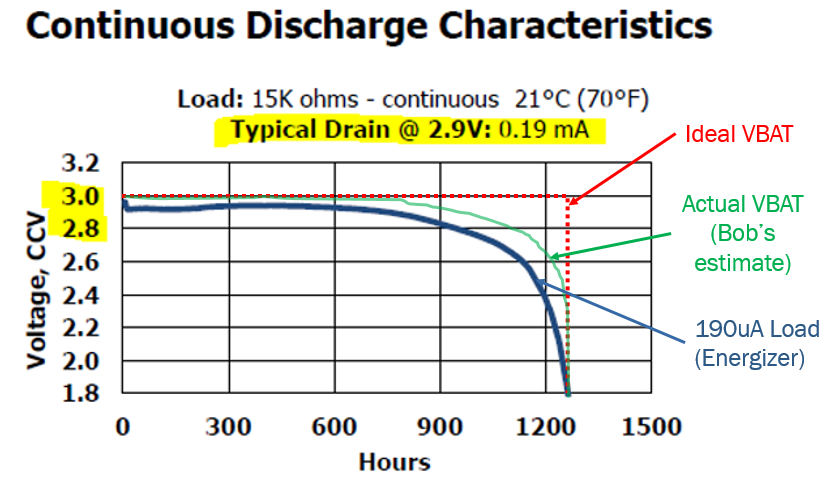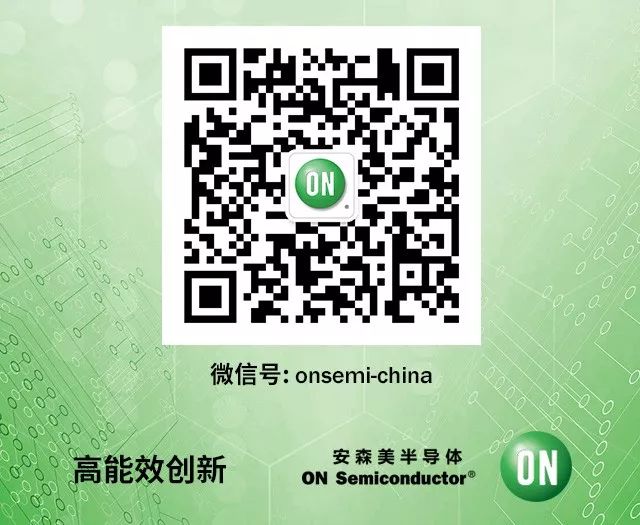Click the blue text to follow us
For many small, portable Internet of Things (IoT) applications, the “Holy Grail” is a button battery that lasts 10 years.
This is no easy task, as most inexpensive button batteries provide a maximum capacity of only about 240 mAh.
By selecting a low sleep current consumption wireless System on Chip (SoC), both short-range and long-range wireless connections can achieve 10 years.
To achieve a 10-year battery life from a lower capacity button battery like 240 mAh, wireless devices typically remain in sleep mode for most of the time, only waking up occasionally for wireless transmission, as shown in Figure 1 below.
For example, with a transmission interval of 5 seconds (120 wireless transmissions per hour), a 7 ms wake-up time results in a duty cycle of 0.14% awake time and 99.86% sleep time.
Therefore, low power deep sleep is essential for button batteries to achieve a 10-year battery life.

Figure 1. Duty cycle of sleep and wake-up times
To achieve a 10-year battery life, Bluetooth Low Energy is the preferred choice for short to medium-range wireless connections, depending on transmission (Tx) and reception (Rx) power, typically around 30 to 50 meters.
For any longer distances exceeding 1000 meters, Sub-Gigahertz software-defined radio (SDR) is the ideal choice.
Bluetooth Low Energy
Advertisement
Bluetooth Low Energy operates in the 2.4 GHz ISM band with 40 channel partitions (spaced 2 MHz apart).
Three RF channels (37, 38, and 39) are dedicated to advertising functions, allowing discovery of nearby available devices. Channels 0-36 are reserved for data.
The advertising channels (Figure 2) are allocated in different parts of the spectrum to provide resistance to 802.11 / Wi-Fi interference.

Figure 2. Bluetooth Low Energy Advertising Channels (Source: Accton Marketing)
Advertising Packet
The data unit of the advertising packet is called a Protocol Data Unit (PDU), which has a two-byte header that specifies the type and length of the data payload, up to 37 bytes (6 bytes for the advertising address and 31 bytes for data).

Figure 3. Bluetooth Low Energy Advertising Packet (Source: Accton Marketing)
Connectable vs Non-connectable
Bluetooth Low Energy advertising packets can be Connectable or Non-connectable.
Figure 4 depicts the “3 advertising” events captured by a power analyzer for the RSL10 System-in-Package (RSL10 SIP) Bluetooth Low Energy module, connectable (left) and non-connectable (right), both at 0 dbm transmission power.
While both events use channels 37, 38, and 39 and last for 7 ms, the Connectable event includes RX pulses for each channel.
This makes sense, as the Connectable event also wishes to receive. The resulting power analyzer measurements show an average current of 711.624uA for connectable and 504.307uA for non-connectable.
Meanwhile, for the Bluetooth Low Energy protocol stack, the deep sleep current of the RSL10 SIP is 160 nA (to retain 16 kB RAM) and runs an internal timer for self-wake-up.

Figure 4. Connectable vs Non-connectable Advertising Packets
RSL10 SIP Battery Life (5 Bytes)
Under the above conditions,
Figure 5 confirms that the actual battery life of the RSL10 SIP will be between 10.97 years (2.5 seconds advertising interval, connectable) and 27.26 years (5 seconds advertising interval, non-connectable).
These calculations are based on using a 240 mA CR2032 button battery and 5-byte data transmission (PDU).

Figure 5. Actual Battery Life of RSL10 SIP
Ideal Battery Life vs Actual Battery Life
Lithium-ion button batteries come with datasheets that plot the continuous discharge characteristics for given loads.
In the example of the CR2032 battery in Figure 6, the graph captures the discharge curve for a constant load of 190 uA.
The average current range for the RSL10 SIP captured in Figure 5 is between 865nA and 1.57uA, much lighter than the 190 uA curve.
When I calculated the “ideal VBAT,” I measured 240 mAh with a coulomb counter, from 100% charge to 0% empty, indicated by the red dashed line marked “ideal VBAT.” Button batteries will never actually perform as shown by the red dashed line.
Knowing that the “actual VBAT” discharge curve lies somewhere between the red dashed line and the blue CR2032 190 uA discharge curve, I have derated the “ideal VBAT” by 15% to arrive at the green “actual VBAT” discharge curve.

Figure 6. Continuous Discharge Characteristics
If the data size is increased from 5 bytes to 31 bytes, the following Figure 7 shows the battery life of the RSL10 SIP.

Figure 7. RSL10 SIP Battery Life (31 Bytes)
Proprietary RF Protocol
The proprietary Sub-GHz radio is designed for longer-range wireless transmission.
With a link budget of 153 dB (16 dBm Tx power and -135 Rx sensitivity), the AXM0F24 narrowband SoC can transmit distances of 37 kilometers or 23 miles (915 MHz, 30 dB attenuation margin).
For a distance of 1.1 kilometers, the AXM0F243 exceeds the required 10-year actual battery life.

Figure 8. Actual Battery Life of AXM0F243
Using the appropriate radio SoC for both short and long-range transmission makes achieving a 10-year battery life entirely possible.
Copy the link below to your browser to learn more about Onsemi’s connectivity solutions.
https://www.onsemi.cn/PowerSolutions/segment.do?method=solution&segmentId=IoT&solutionId=19116&utm_source=blog&utm_medium=blog&utm_campaign=rsl10-axm0f243&utm_content=link-connectivity-page

